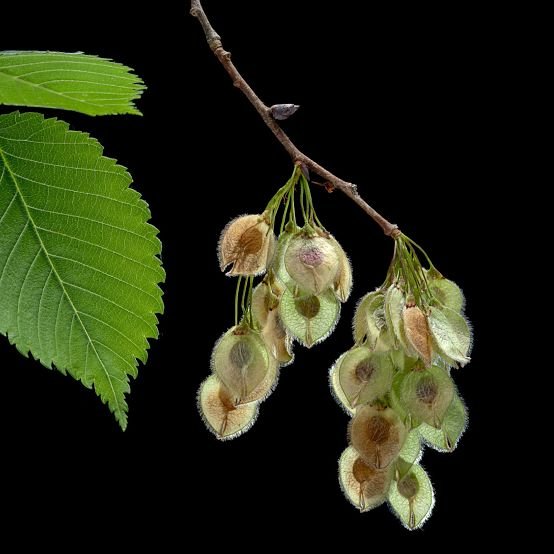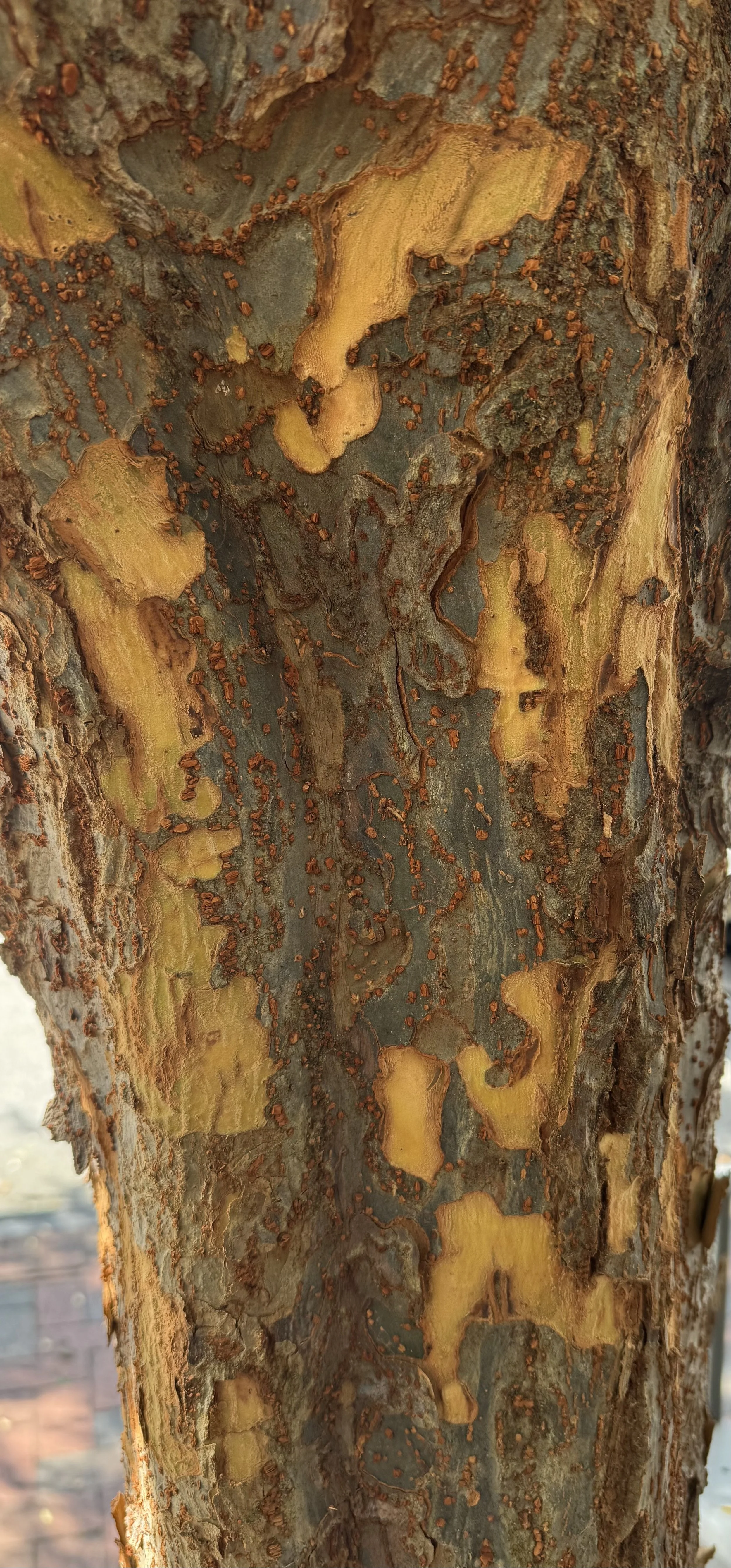CHINESE ELM
Native: China
Scientific name: Ulmus parvifolia
Family: Ulmaceae
Introduction to the United States: Introduced in 1794, mainly planted in southern states and California. The inner bark was a source of food and medicine, used for making flour and treating various ailments.
The Chinese elm is a favorite for bonsai due to its adaptability to pruning and shaping, attractive bark, and leaves.
This tree is also called the Lace Bark Elm for the very unusual peeling of the bark that creates a distinctive lacey pattern.
In some cultures, the Chinese elm is seen as a symbol of inner strength, intuition, and wisdom. American Elms were planted near homes, symbolizing family values and prosperity.
The Chinese Elm has a rich history both botanically and culturally. It is known for adaptability, distinctive bark, and resistance to Dutch elm disease, making it a popular choice for landscapes and bonsai.
Serated edges and delineated veiling on the leaves. The leaves come in various sizes depending on the environment it is located.
Notice how leaves are in an alternating patterned growth on the stem and will help to identify the species. The branches seem to weep downward for a graceful characteristic.
The Chinese Elm is one of the most beautiful species of bonsai tree. The tree's most notable characteristics are its thick trunk development and textured leaves.
The bark is lacy, exfoliating and in shades of brown, tan, olive, and cinnamon.



